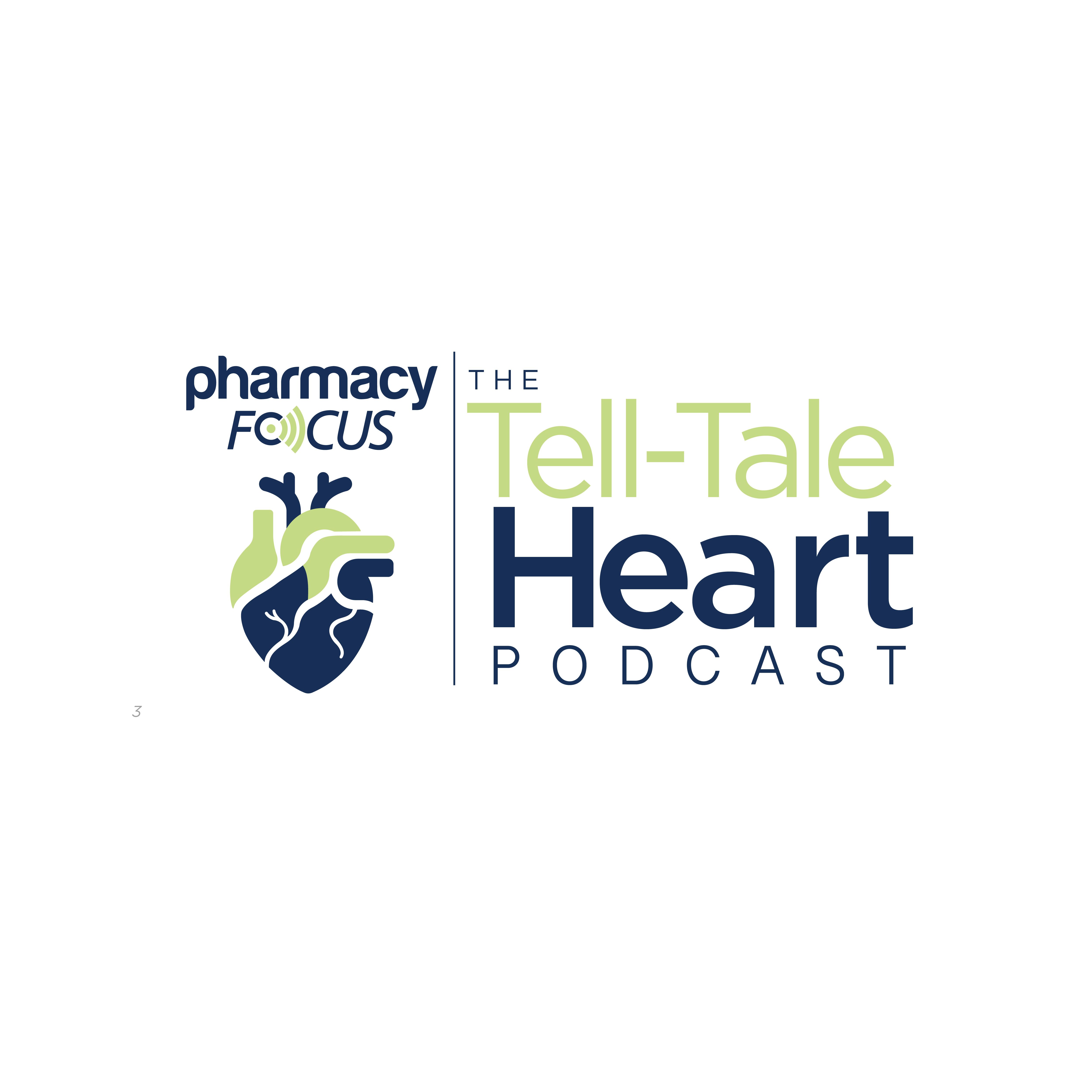News
Article
Study Finds Negative Correlation Between NCC, pNCC in Urinary Extracellular Vesicles of Patients With CKD
Author(s):
Key Takeaways
- Plasma potassium levels negatively correlate with NCC and pNCC in uEVs in CKD patients, independent of eGFR.
- Potassium supplementation within safe levels may aid natriuresis and improve cardiovascular outcomes in CKD.
In patients with CKD, there were negative associations between the sodium cotransporter (NCC) and its phosphorylation (pNCC) in urinary extracellular vesicles (uEVs), but further research is needed to confirm these findings in a larger cohort.
In patients with chronic kidney disease (CKD), there are negative associations between the sodium (Na-Cl) cotransporter (NCC) and its phosphorylation (pNCC) in urinary extracellular vesicles (uEVs) and plasma potassium, according to data published in Nephrology. This finding suggests that the mechanism at play is distinct from the overall kidney function, according to the investigators, and that potassium supplements within a safe level can potentially assist in natriuresis and improve cardiovascular outcomes in patients with CKD.
Image credit: M+Isolation+Photo | stock.adobe.com

Previously, using uEVs, a noninvasive source and tool to identify potential biomarkers to mirror molecular processes and both physiological and pathological conditions in the kidney, the functional “renal-K switch” mechanism—otherwise known as the with-no-lysine (K; WNK)-STE20/SPS1-related proline/alanine-rich kinase (SPAK)-NCC pathway—has been demonstrated in both healthy participants and patients with primary aldosteronism. The close relationship between blood pressure and CKD has led to a hypothesis that high potassium intake may be renoprotective through the same mechanism. With this in mind, the investigators utilized uEVs to evaluate whether plasma potassium negatively correlates with NCC and pNCC in patients with CKD.
Patients with CKD at all stages and who had both kidneys were invited to participate in the study. Patients were included if they had a confirmed diagnosis of CKD (defined by the Kidney Disease Improving Global Outcomes guidelines), exhibited stable renal function for at least 3 months prior to enrollment, and provided informed consent. Exclusion criteria were established to minimize confounding factors and included the following: the presence of acute kidney injury, active infections, recent hospitalization, prior kidney transplantation, or concurrent participation in other intervention studies. Additionally, CKD stages were classified using estimated glomerular filtration rate (eGFR).
For assessment, morning blood and second morning urine were collected on a single occasion between 8 and 11 AM from patients with various CKD stages. Plasma potassium levels were assessed by a local pathology laboratory. uEVs were obtained by progressive ultracentrifugation, whereas NCC and pNCC were analyzed via western blotting.
A total of 23 patients with CKD were included in the final analyses. There was an abundance of NCC (R2 = 0.46, p = 0.0003) and pNCC (R2 = 0.30, p = 0.0067) strongly and negatively correlated with plasma potassium, according to these correlation analyses. There were negative correlations that persisted among 18 patients who did not receive sodium-glucose cotransporter-2 (SGLT2) inhibitors or K-binders (NCC: R2 = 0.5, p = 0.002; pNCC: R2 = 0.30, p = 0.03), and the negative trends remained in 5 patients who received either SGLT2 inhibitors or K-binders (NCC: R2 = 0.64, p = 0.11; pNCC: R2 = 0.42, p = 0.24).
Overall, in patients with CKD, there were negative correlations between NCC and pNCC in uEVs and plasma potassium. These appeared independent of eGFR, the authors noted. Additionally, the findings suggest there is a mechanism present that is distinct from the overall kidney function. The authors suggested that a potassium supplement—within a safe level—may aid in natriuresis and improve cardiovascular outcomes in patients with CKD.
The study was limited by its small sample size (n = 23), which may have increased the risk of type 2 errors and limited the generalizability of the findings, acknowledged the authors. Additionally, the data on plasma potassium and NCC activity was collected from medical records, which may not accurately reflect the most recent status of the patients. The authors suggested that further studies with larger populations and more controlled conditions are needed to confirm these findings and explore the potential for personalized dietary interventions, which may further optimize renal and cardiovascular outcomes in patients with CKD.
REFERENCE
Wu A, Wolley MJ, Vesey D, et al. Plasma Potassium Negatively Correlates With Sodium Chloride Cotransporter Abundance and Phosphorylation in Urinary Extracellular Vesicles From Patients With Chronic Kidney Disease. Nephrology. 2025;30:e70017. doi:10.1111/nep.70017
Newsletter
Stay informed on drug updates, treatment guidelines, and pharmacy practice trends—subscribe to Pharmacy Times for weekly clinical insights.






